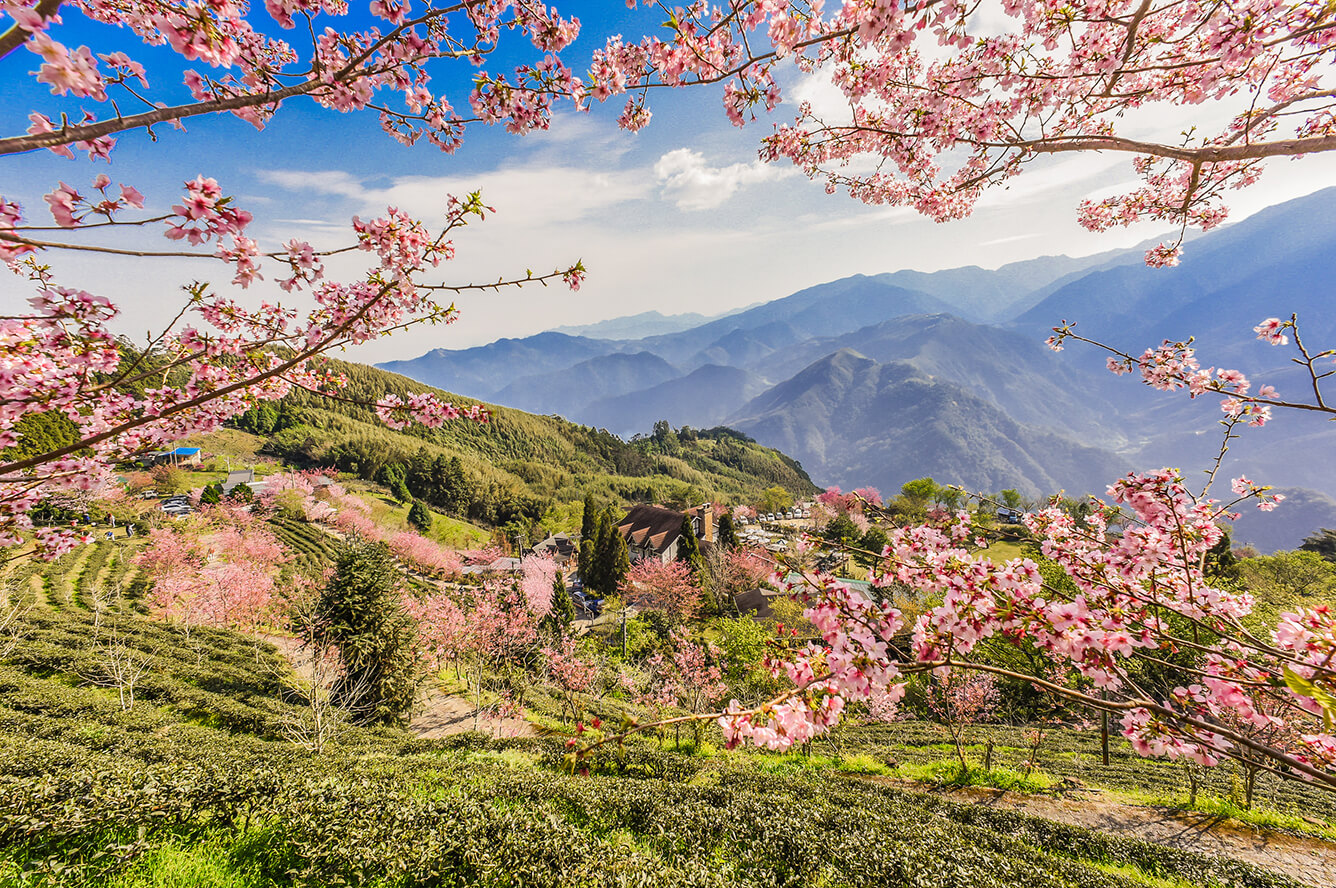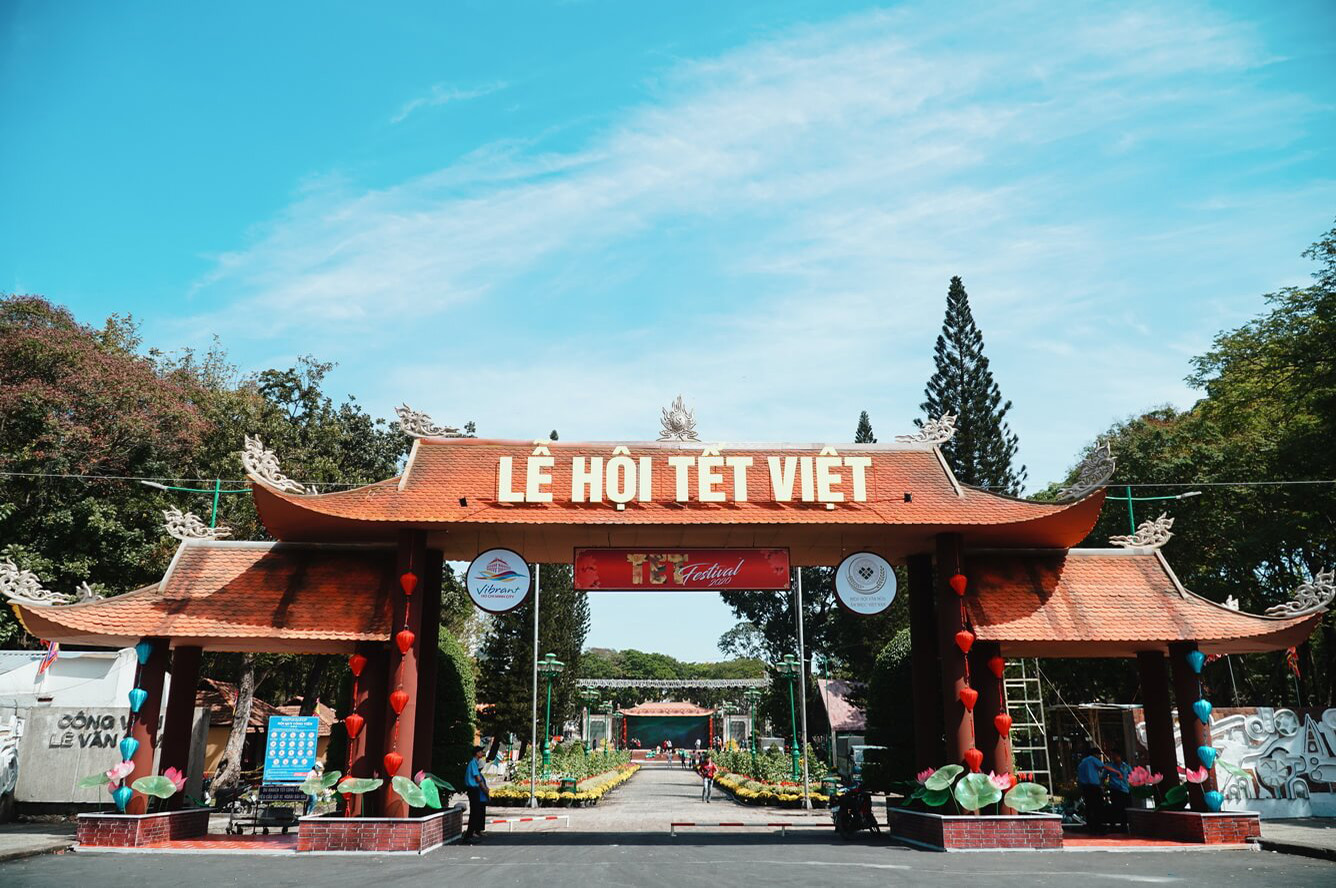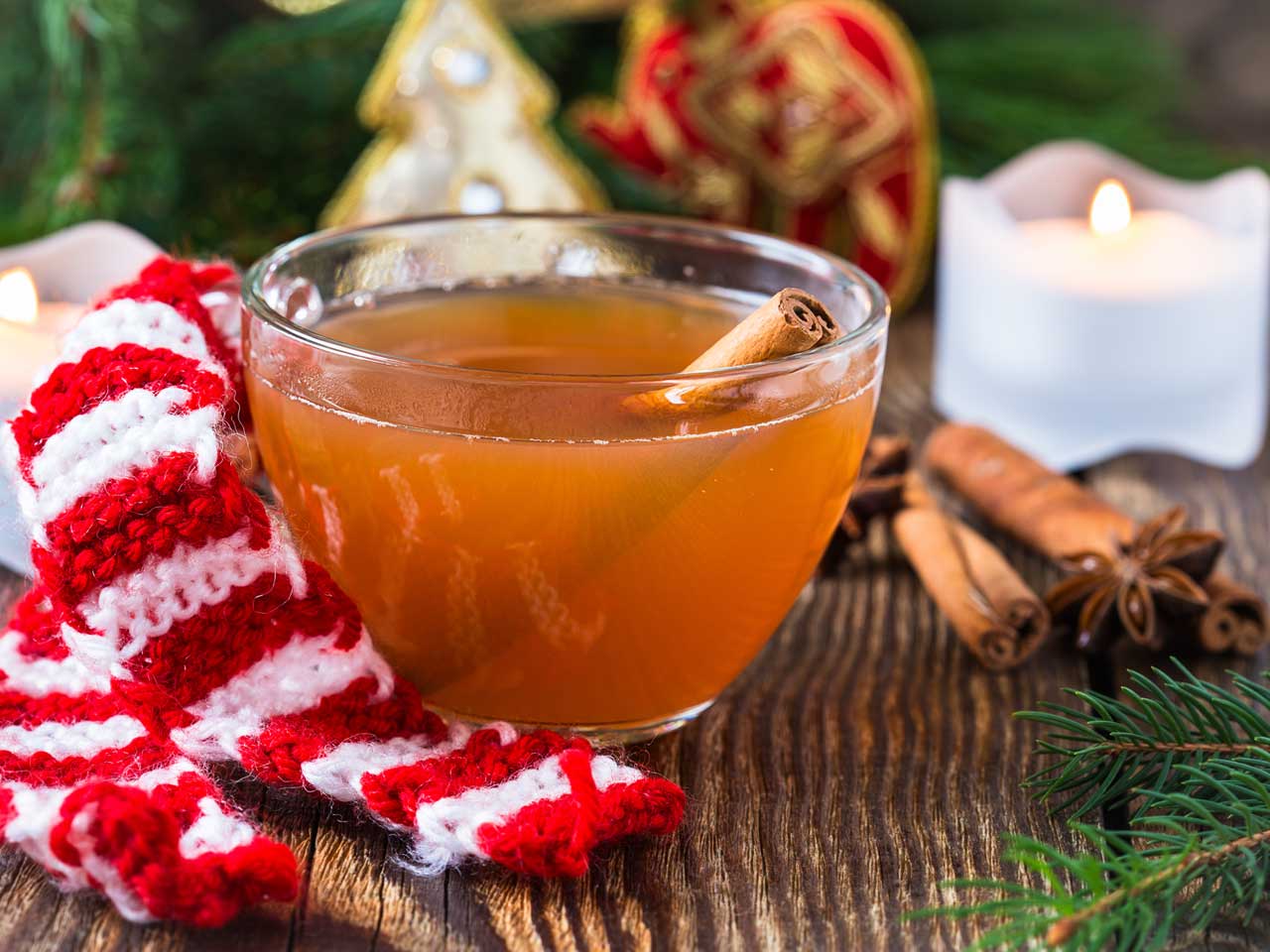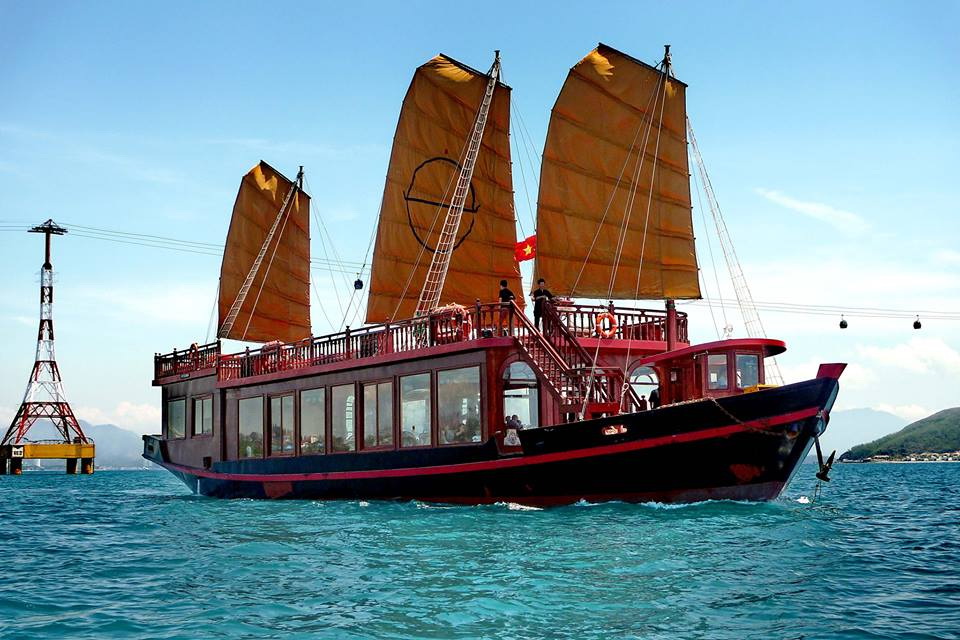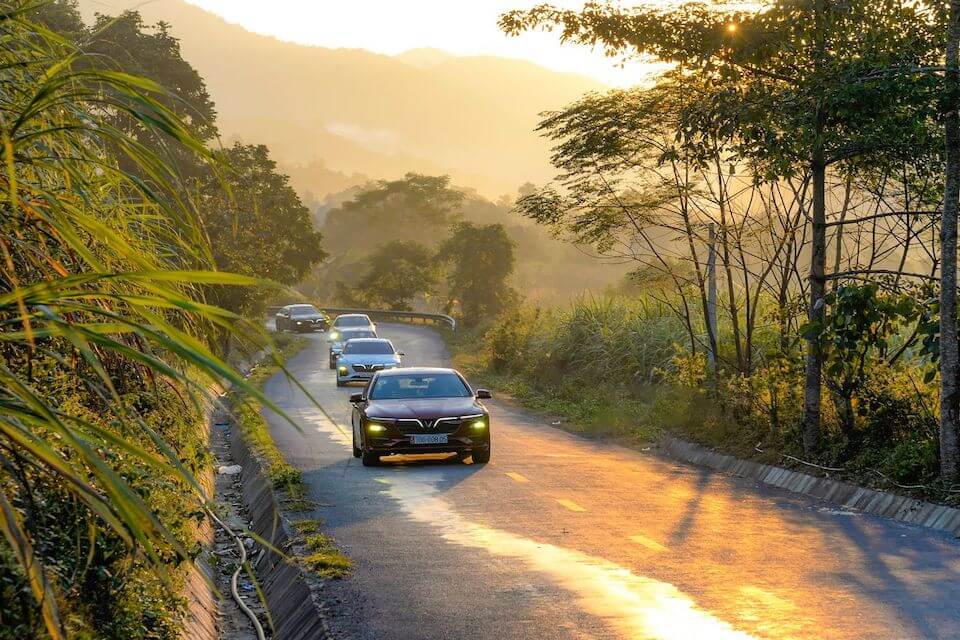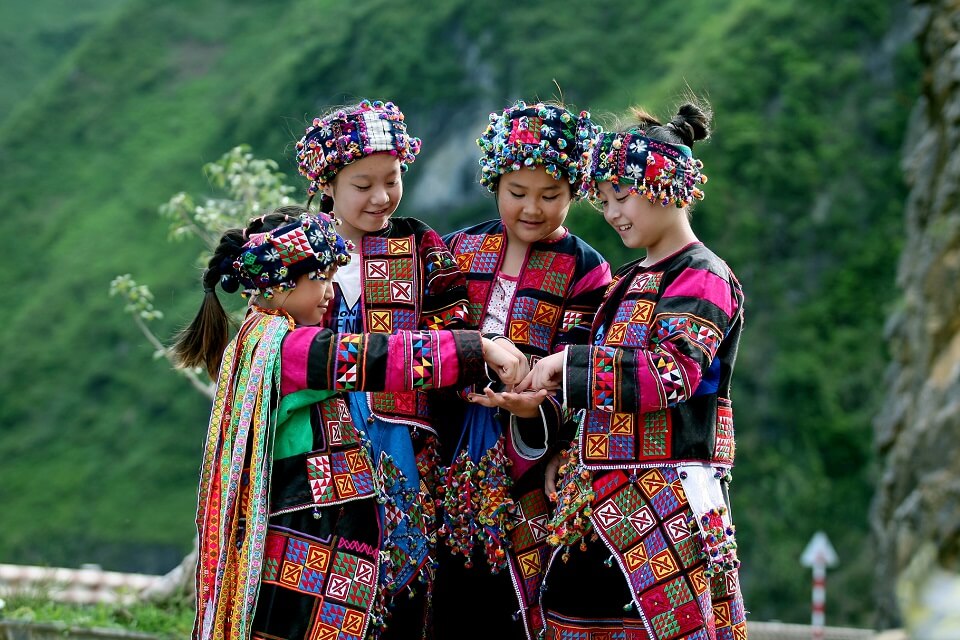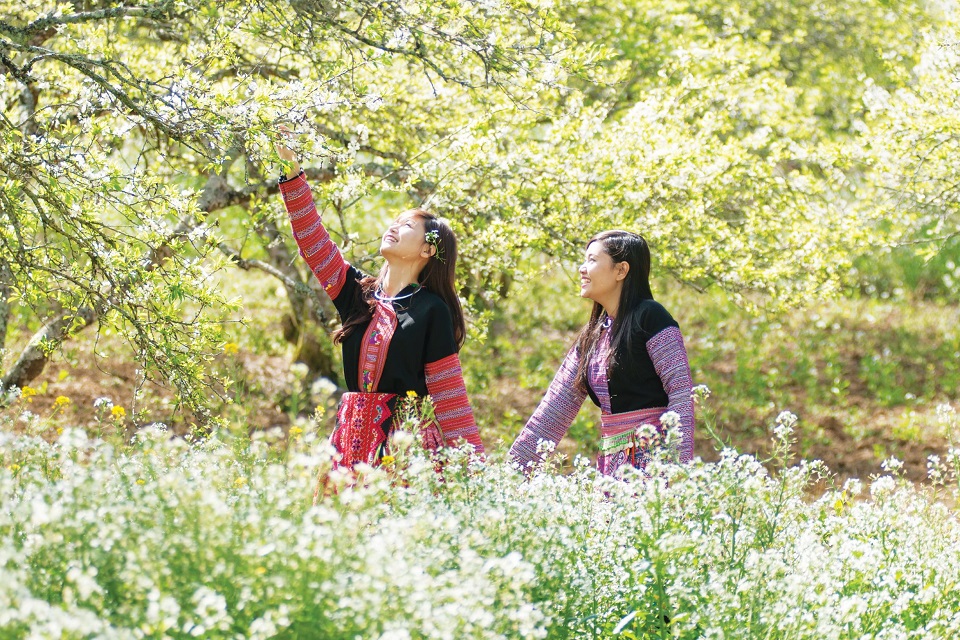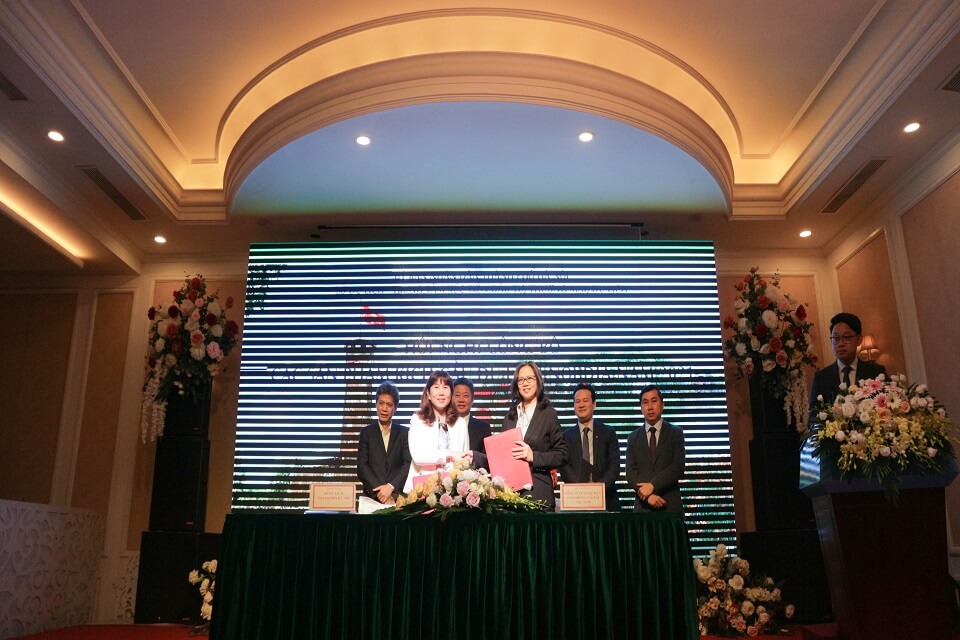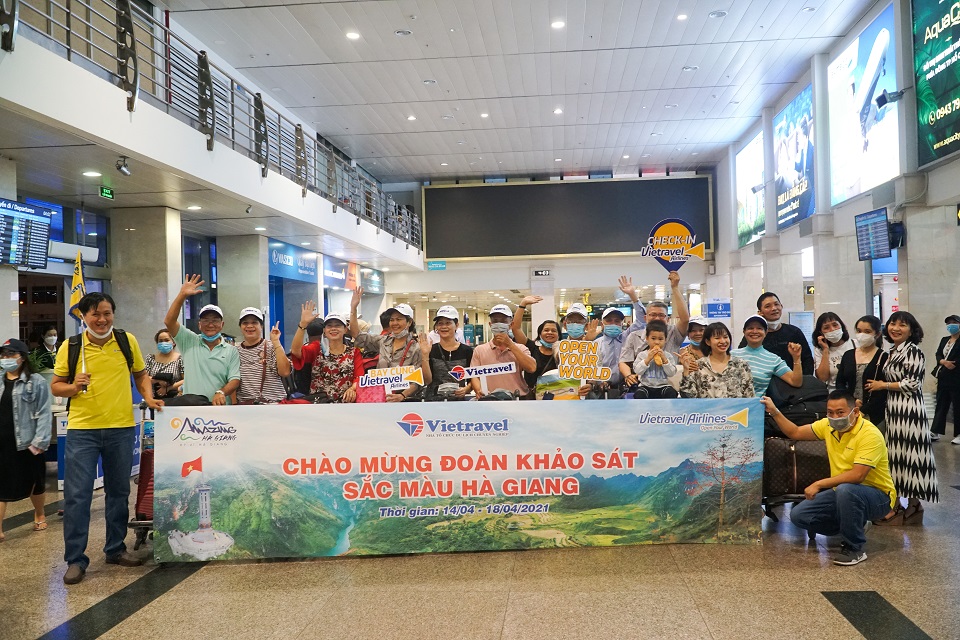Top Tourist Attractions in Phnom Penh
The Cambodian capital is known for both its beautiful architecture, both ancient and from French colonial times, as well as its recent violent history.
Phsar Thmei (Central Market)
Sisowath Quay
Royal Palace of Cambodia
Wat Phnom
This hilltop temple in the city is the namesake for the city itself. Legend says that the widow Penh found a tree on the riverbank with four sacred statues of Buddha inside, and created a shrine in that location to protect its holiness. The temple itself is notable more for its historic importance than physical structure, but the park is a pleasant green space and a popular gathering place for locals. For those hoping to capture a little bit of good luck, it may be worth praying for success in business or other ventures the way many Cambodians do here.
National Museum of Cambodia
Independence Monument
Wat Ounalom
Source Touropia

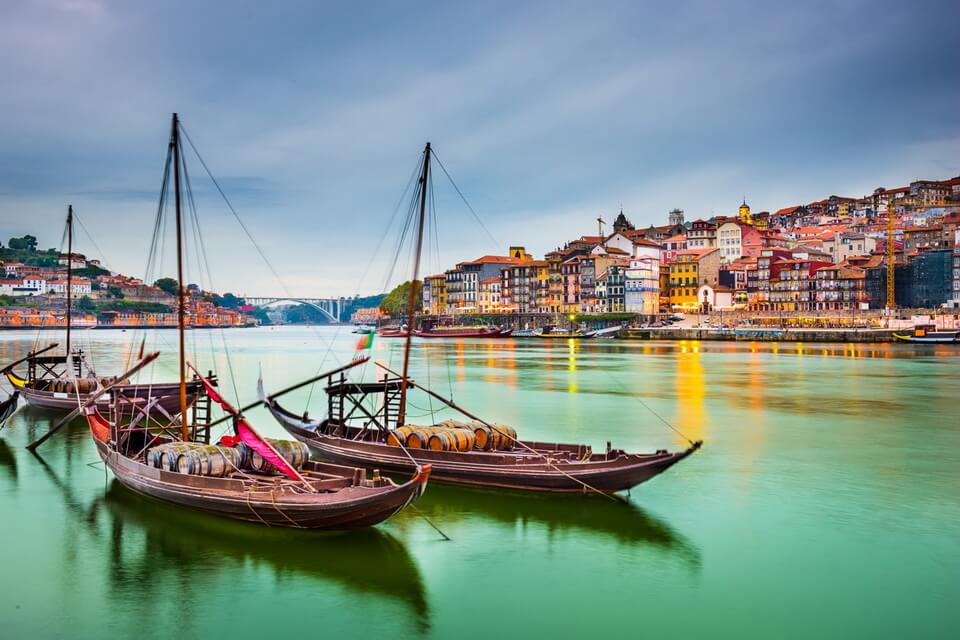
Benefits from investment for overseas settlement
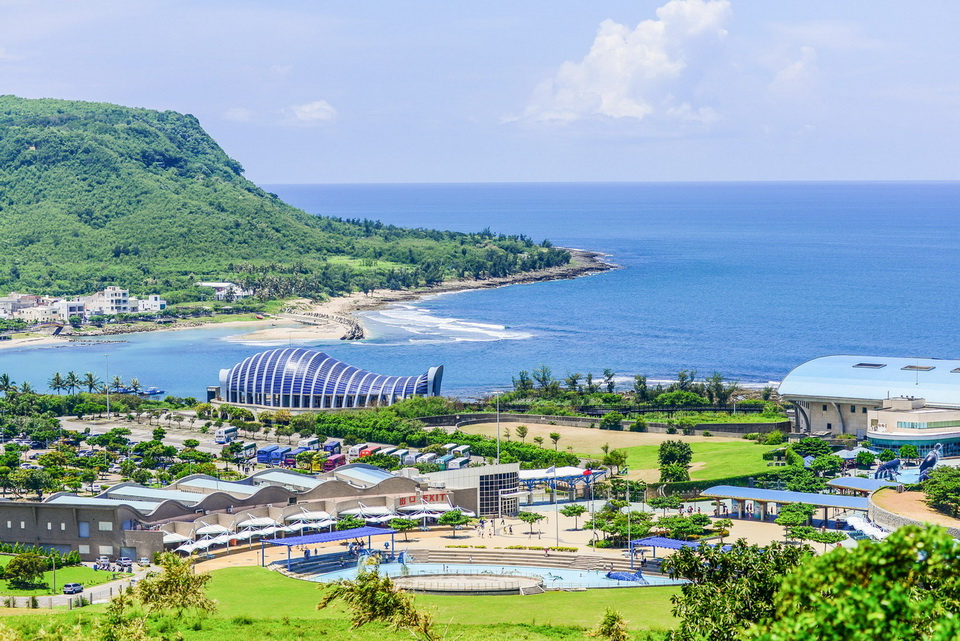
New experiences for travel in Taiwan
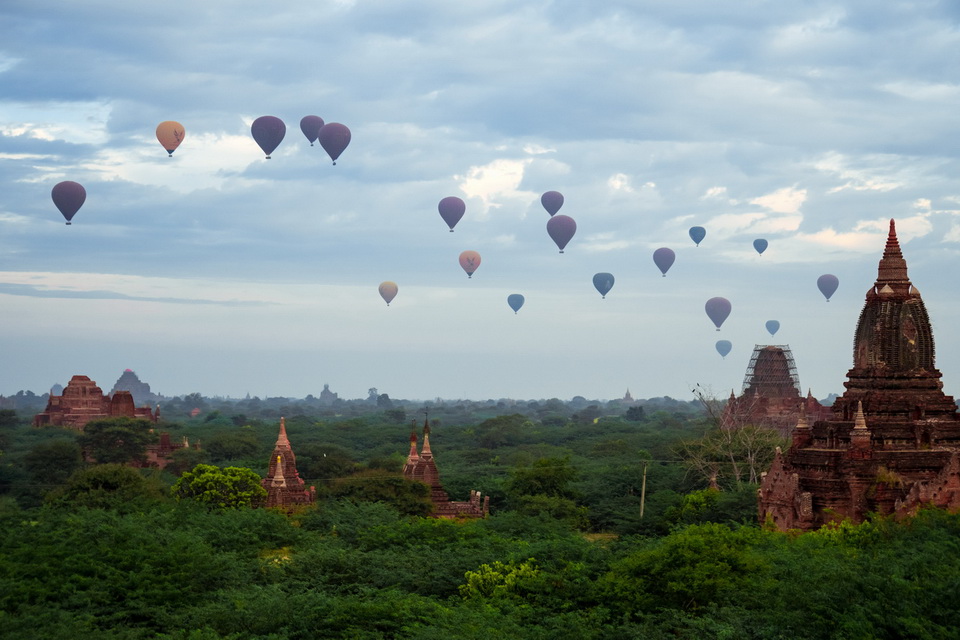
Exploring the ancient city of Bagan
Living a farmer’s life in Ibaraki Prefecture
Let’s live with farmers from the Hiroura Rural Experience Promotion Association in Ibaraki Town!
From cherry blossoms to nemophila, spring in Ibaraki is the season of flowers
Spring is the season of flowers blooming everywhere. This article would like to introduce the places ...
What's so special about experience tours in Ibaraki?
Ibaraki Prefecture is easy to reach from Haneda Airport or Narita Airport. It takes about 90 minutes ...
Where to see the most spectacular Cherry blossoms in this Spring
Spring is here, and so is the countdown to one of the most beautiful blooms of the year: Cherry blos ...
Tet and others spectacular festivals around the world in January 2020
In January 2020, Tet festival in Vietnam and others spectacular festivals around the world are color ...
The best Christmas drinks from around the world
Boozy, warming, and very indulgent – what more do you expect from a Christmas cocktail? Try one of t ...







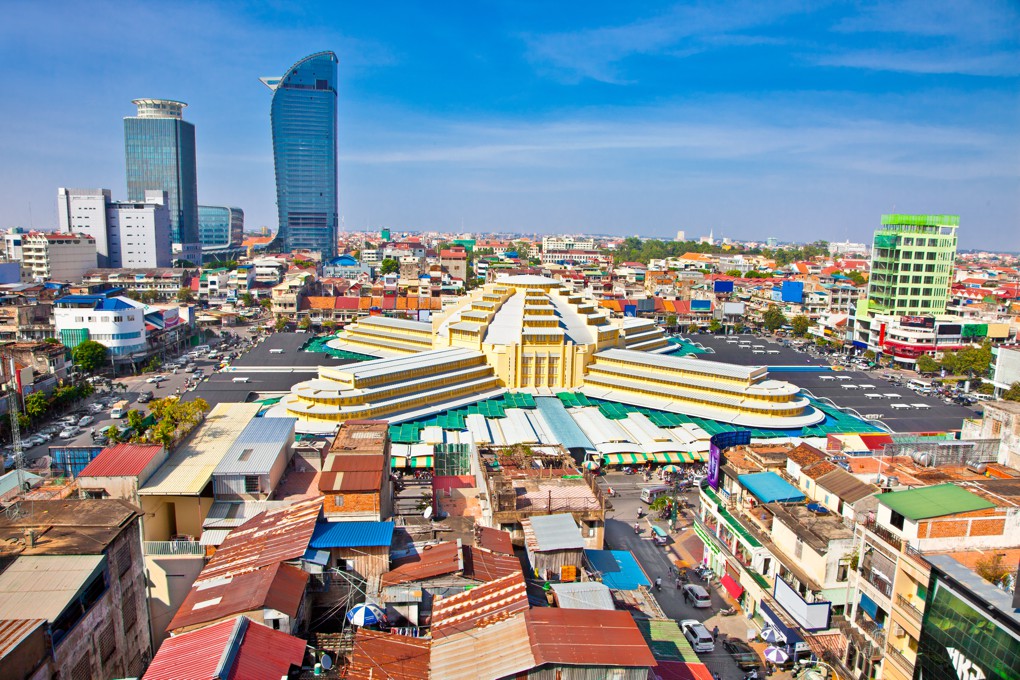


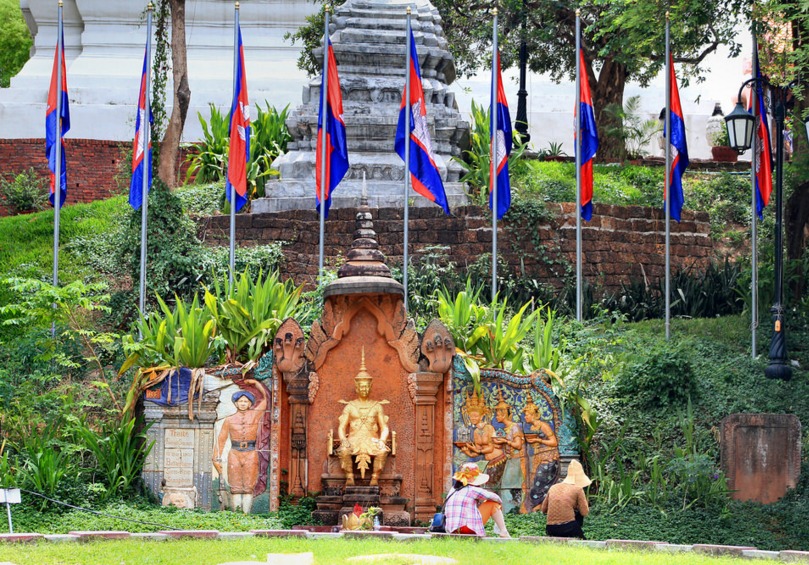
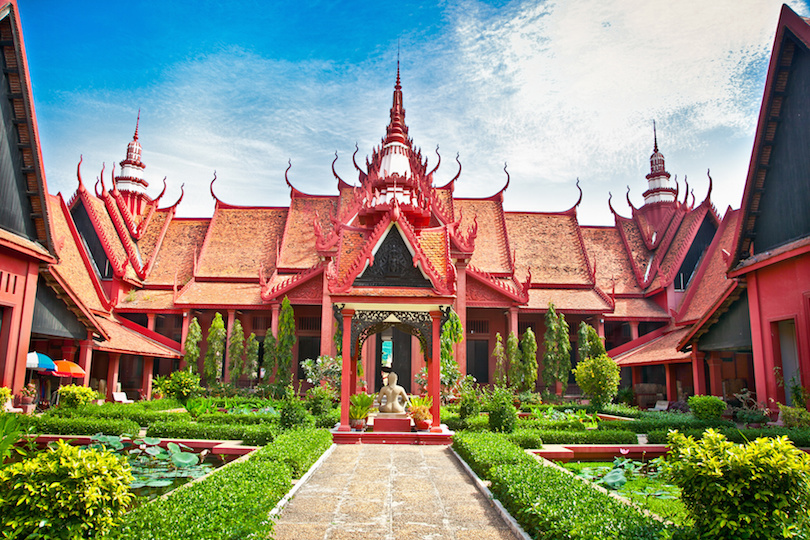
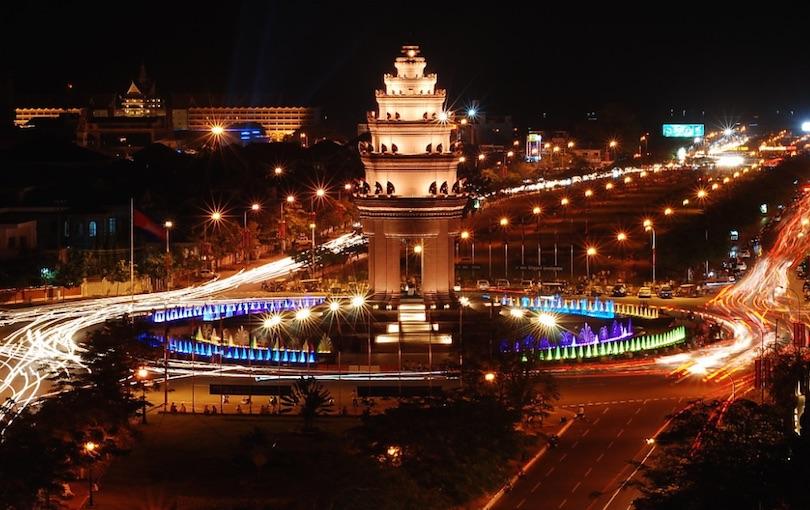

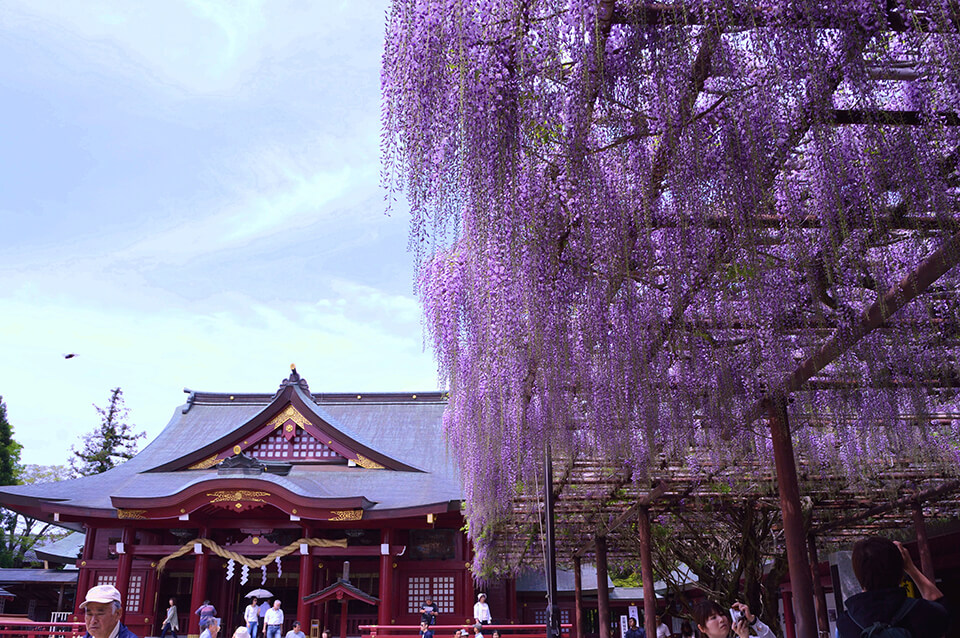
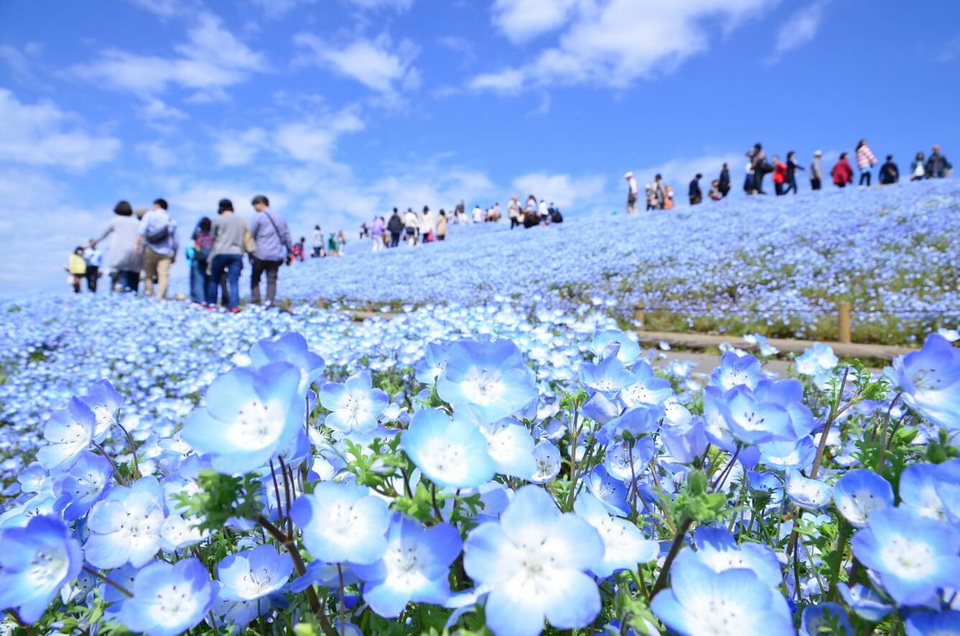
 (1).jpg)
